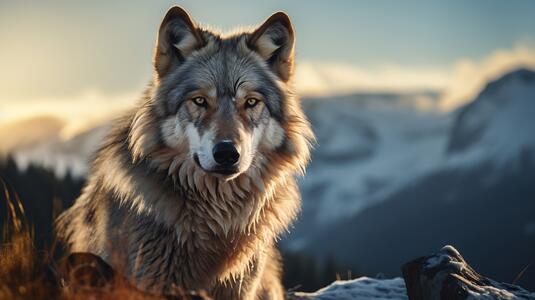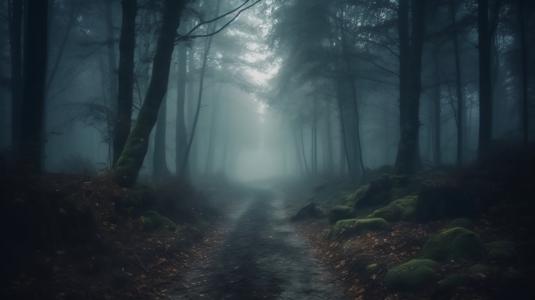In an age where billions of images are captured daily, creative photography stands out as the art of seeing differently. This approach transcends basic documentation, transforming ordinary subjects into extraordinary visual experiences. Whether you’re an aspiring photographer or looking to elevate your existing skills, understanding key creative photography principles can dramatically transform your visual results.
Breaking Conventional Perspectives
The most compelling creative photography often begins with challenging standard viewpoints. While instinct may direct you to photograph subjects at eye level, creative photographers deliberately seek unexpected angles that reveal new dimensions of familiar subjects.
Experiment with extreme low angles to make subjects appear monumental and dramatic. Overhead perspectives can transform ordinary scenes into abstract patterns and compositions. Intentionally tilting your frame introduces dynamic tension that energizes otherwise static subjects. These perspective shifts don’t require exotic locations or subjects—they can make even everyday objects appear fresh and intriguing.
The simple practice of physically moving around your subject before deciding on your shooting position often reveals surprising compositional possibilities that most photographers miss. This exploration process, rather than immediately capturing the first composition you notice, distinguishes creative photography from casual snapshots.
Manipulating Light and Shadow

Light quality dramatically influences the mood and impact of creative photography. While beginners often focus solely on properly exposing subjects, creative photographers understand light as their primary artistic medium.
Hard, directional light creates dramatic shadows and high contrast, perfect for emphasizing texture and form. Soft, diffused light produces gentle gradations ideal for portraits and subtle, atmospheric imagery. Backlighting subjects creates striking silhouettes and rim lighting that separates subjects from backgrounds with luminous edges.
Creative photography often involves actively manipulating light rather than simply accepting existing conditions. This might include using reflectors to bounce light into shadow areas, employing flash at unexpected angles, or even creating custom light modifiers from household objects. The deliberate use of shadows becomes equally important, with creative photographers embracing and shaping darkness rather than always attempting to eliminate it.
Compositional Rule-Breaking
While understanding traditional composition rules provides essential foundations, creative photography often involves strategic rule-breaking for visual impact. The rule of thirds, leading lines, and symmetry offer starting points, but innovation comes from knowing when and how to diverge from these guidelines.
Intentionally centering subjects can create powerful, confrontational imagery despite contradicting the rule of thirds. Deliberately placing horizon lines at the very top or bottom of frames creates tension and emphasis that balanced compositions lack. Including partial or cropped elements at frame edges introduces mystery and extends the narrative beyond visible boundaries.
These compositional choices should never be random but rather deliberate decisions that enhance your specific creative vision for each image. The question becomes not “What rules should I follow?” but rather “What compositional approach best expresses my intended feeling or message?”
Color Psychology and Creative Choices

Color significantly impacts viewer responses to photographs, making thoughtful color decisions essential for creative expression. Beyond simply capturing existing colors, creative photographers actively control color relationships within their images.
Complementary color combinations—like orange and blue or purple and yellow—create vibrant energy through natural visual tension. Analogous color schemes using adjacent colors on the color wheel produce harmonious, cohesive imagery. Monochromatic approaches focusing on variations of a single color create sophisticated, unified compositions.
Color grading during post-processing extends your creative control, allowing you to establish consistent visual signatures across your work. Many distinctive photographers become recognized for their specific color treatments—whether that’s muted pastels, rich contrasty tones, or dramatic split-toning effects that differentiate highlights and shadows.
Embracing Experimentation
Perhaps the most defining characteristic of creative photography is a willingness to experiment beyond comfortable techniques. This experimental mindset transforms technical “mistakes” into unique visual signatures.
Intentional camera movement creates painterly abstract results from ordinary scenes. Multiple exposures combine separate moments into single, dream-like compositions. Lens filters, prisms, or ordinary transparent objects held in front of your lens introduce unexpected flares, reflections, and distortions that cannot be replicated through software.
Creative photography thrives on “what if” questions: What if I dramatically underexpose this scene? What if I shoot through textured glass? What if I use extremely shallow depth of field? These experimental approaches often yield unexpected results that evolve into signature techniques.
Conclusion: Developing Your Creative Vision
Creative photography ultimately extends beyond techniques into personal vision—your unique way of seeing and interpreting the world. While mastering technical skills provides necessary foundations, the development of distinctive creative vision transforms competent images into compelling visual statements.
This development comes through consistent practice, thoughtful self-critique, and studying diverse visual influences beyond photography itself. Painting, cinema, graphic design, and other visual arts offer valuable inspiration for creative photographers seeking to expand their visual vocabulary.
By combining technical knowledge with experimental approaches and personal perspective, you can create photographs that don’t just document what something looks like, but express how it feels—the true essence of creative photography.


